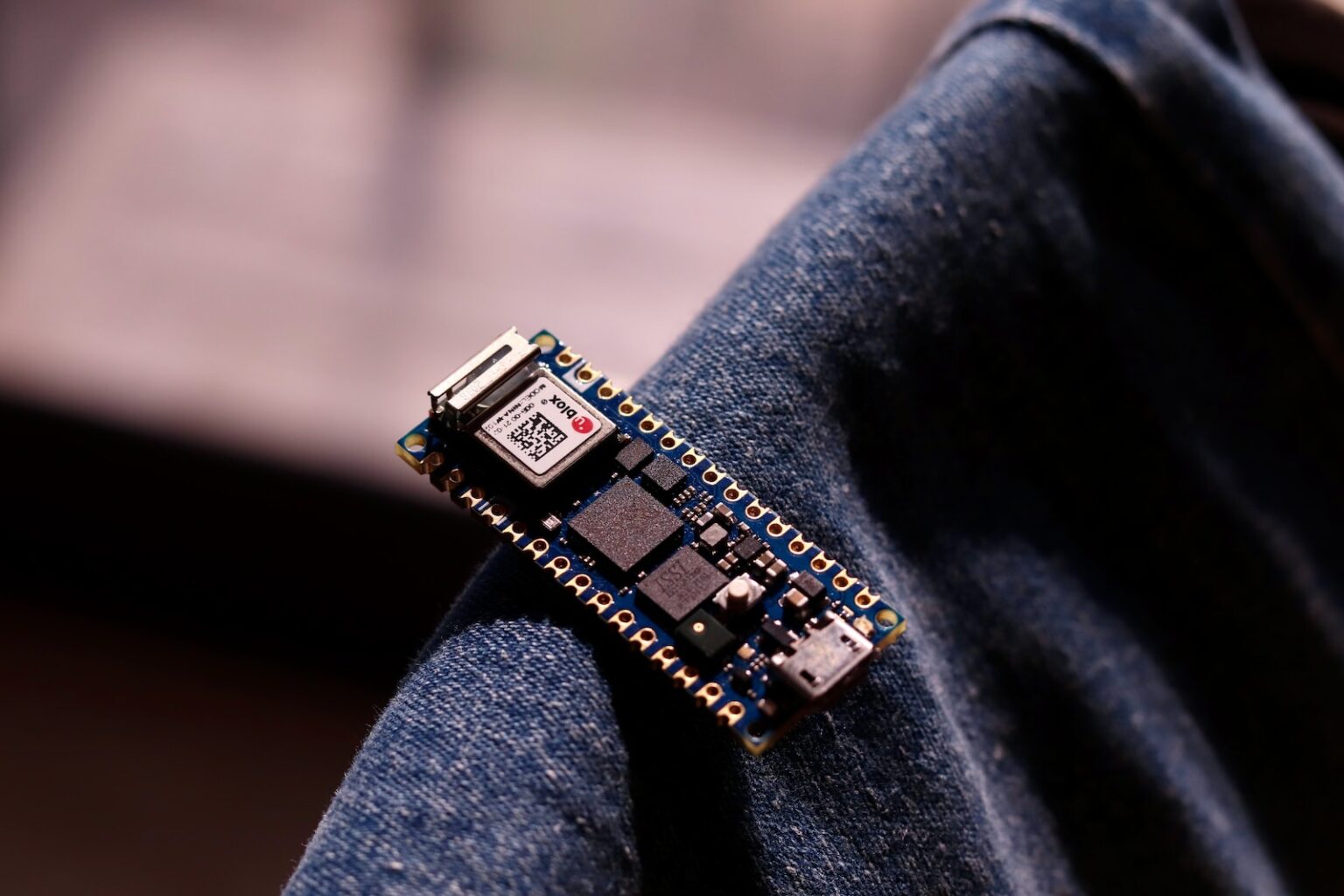Introduction
Music and technology have always gone hand in hand, constantly pushing the boundaries of what’s possible. One interesting application of technology in the music industry is using Arduino to control LED lights. In this article, we will explore how to program Arduino to create a flashy light show synced with music.
Gpt (Great Programming Tool) is a versatile software that allows users to easily generate Arduino sketches for a variety of applications. In this article, we will explore how to use Gpt to create a sketch that blinks 10 LEDs randomly. We will also learn how to program Arduino to create a running light effect. So let’s dive right in!
Downloading Arduino IDE
Before diving into the world of Arduino, we need to download the Arduino IDE (Integrated Development Environment). This is the software that allows us to write and upload code to our Arduino board. Visit the Arduino website and download the IDE for your operating system.
Exploring Open AI Music
To enhance our programming experience, we can use the Open AI Music platform. After downloading the IDE, navigate to the Open AI website and select the “chat, TPT Music” option. While we won’t explore it in depth just yet, take note of this page for future reference.
Blinking an LED
Let’s start with a simple project: blinking an LED. Begin by connecting a wire from digital output pin number two to the anode of the LED. Next, connect another wire from a resistor to ground. Now, open Chat GPT and log in with your Google account. Type in your question, and Chat GPT will provide the answer. Copy the generated code and paste it into your Arduino IDE. Click on “verify” to check for any errors in the sketch. Then, select the appropriate port and upload the sketch. You will notice the LED blinking every second.
Speeding things up
If you want to make the LED blink faster, you can modify the delay in the code. Change the delay to 100 milliseconds and upload the sketch again. Now, the LED will blink much faster. This simple modification shows the flexibility and control you have when programming with Arduino.
Expanding to Multiple LEDs
With the basics of Arduino programming in hand, let’s take things up a notch. This time, we will program Arduino to blink 10 LEDs randomly. Connect wires from digital output pin 2 to digital output pin 11, and then connect them to the anode of the LED bar. Attach a 220-ohm resistor to each cathode of the LED bar. Finally, connect a wire to the ground to complete the circuit.
Gpt: A Tool for Creating Arduino Sketches
Blinking the LEDs
To start, open the Gpt software and select the “Blinking LEDs” template. Gpt will automatically generate a sketch based on your selection. Copy the generated sketch and paste it into the Arduino IDE. Once in the IDE, verify the sketch to check for any errors. If there are no errors, go ahead and upload the sketch to your Arduino board.
Now, sit back and enjoy as the LEDs start blinking randomly. The Gpt software has taken care of all the necessary code for you, making it a breeze to achieve this simple yet captivating effect.
Creating a Running Light Effect
If you’re ready to take things up a notch, let’s move on to creating a running light effect. To accomplish this, we will again rely on the power of Gpt and Arduino.
Open Gpt and select the “Running Light” template. Just like before, generate the sketch and copy it to the Arduino IDE. Remember to verify the sketch for any errors before proceeding. Once verified, choose the appropriate port for your Arduino board and upload the sketch.
As if by magic, you will now witness the LEDs producing a mesmerizing running light effect. The Gpt software has done all the heavy lifting for you, allowing you to impress your friends and onlookers with a stunning visual display.
Customization and Exploration
Gpt offers endless possibilities for customization and exploration. Once you have mastered the basics of generating sketches, you can delve deeper into the world of Arduino programming with the help of Gpt. By modifying code snippets and parameters, you can create unique effects, sound patterns, and more.
Subscribe to the official Gpt YouTube channel for updates on new features, tutorials, and creative projects. The channel is brimming with valuable resources to enhance your Arduino programming journey.
Gpt is an invaluable tool for anyone interested in Arduino programming. With its user-friendly interface and powerful sketch generation capabilities, even inexperienced users can create impressive projects. So why not give it a try? Let Gpt unleash your creativity and take your Arduino projects to the next level.
Thank you for reading, and as always, happy coding!
Applause.
Note: The article has been modified to create a coherent narrative and flow.
Arduino provides a user-friendly platform for combining music and technology. By following the steps outlined in this article, you can program Arduino to create a dazzling light show synchronized with music. Whether you’re a musician, a hobbyist, or simply interested in exploring the endless possibilities of technology, Arduino is a great starting point to unleash your creativity. So go ahead, download the Arduino IDE, and let the music and lights come alive!


